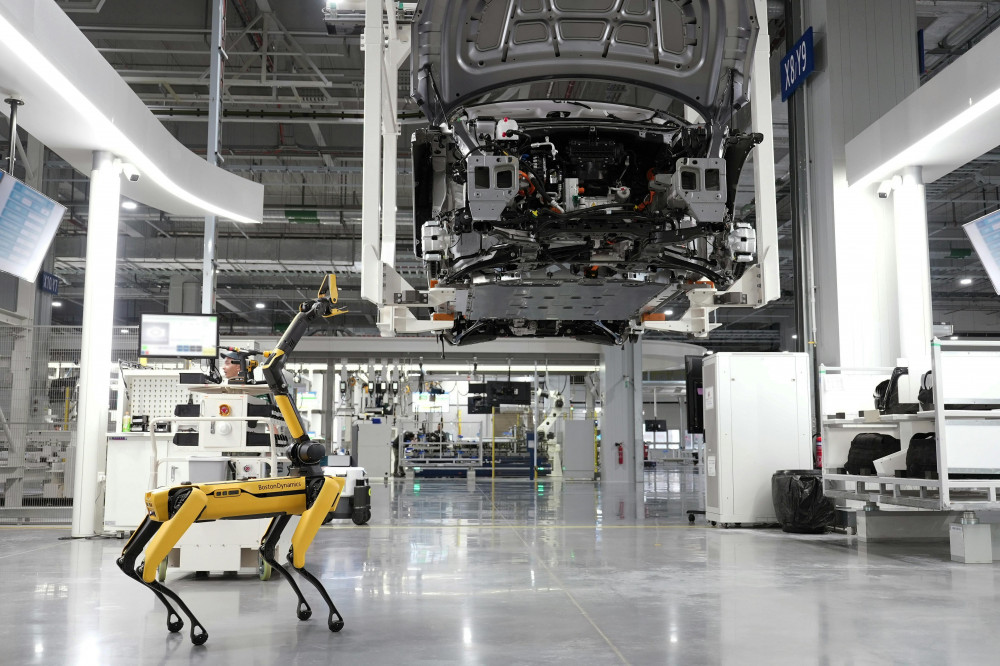
Introduction
Technology is advancing at a rapid pace and significantly influencing various aspects of our lives, including industry. One of these developments is "dark factories," or factories that operate without lighting or human labor, thanks to automation and robots. In this article, we will explore the impact of dark factories on production and employment and discuss the associated benefits and challenges.
What are Dark Factories?
Dark factories are industrial facilities that rely entirely on automation and robots for their production processes. These factories can operate without the need for lighting because robots do not require light to perform their tasks. These factories depend on intelligent systems connected via the internet, allowing them to operate efficiently without human intervention.
Impact of Dark Factories on Production
Increased Productivity
Robots and automated systems operate with high efficiency and do not require breaks, leading to a significant increase in productivity. Dark factories can operate around the clock without stopping, greatly increasing production volume.
Reduction in Errors
Automated systems can execute tasks with high precision and replicate them perfectly, reducing human errors that may occur in manual processes. This leads to improved quality of the final products and a reduction in waste.
Flexibility in Production
Robots can be programmed to quickly change their output according to market needs, increasing the factory's flexibility in meeting different demands. This adaptability helps companies respond swiftly to market changes and customer needs.
Impact of Dark Factories on Employment
Reduction in the Need for Manual Labor
Thanks to automation, the need for human labor in routine and repetitive tasks is reduced. This means that many jobs that once required physical effort may disappear or significantly decrease.
Increased Demand for Skilled Labor
Conversely, the demand for skilled labor capable of maintaining and operating automated systems is increasing. These jobs require high technical skills and knowledge of robot programming and smart system management.
Employment Challenges
Workers who do not possess the skills needed to work with modern technology may find it difficult to secure jobs. This could lead to a rise in unemployment rates among technically unqualified workers.
Retraining
To address these challenges, there is an increasing need for retraining and upskilling programs to help the workforce keep pace with technological changes. Companies and governments must work together to provide training and education opportunities for workers to enhance their skills and develop their capabilities.
Conclusion
Dark factories represent a significant advancement in industry and promise substantial benefits in terms of increased productivity and improved product quality. However, they also pose new challenges to traditional labor and require effective strategies to adapt to them. By focusing on training and retraining, we can ensure that everyone can benefit from this technological revolution.